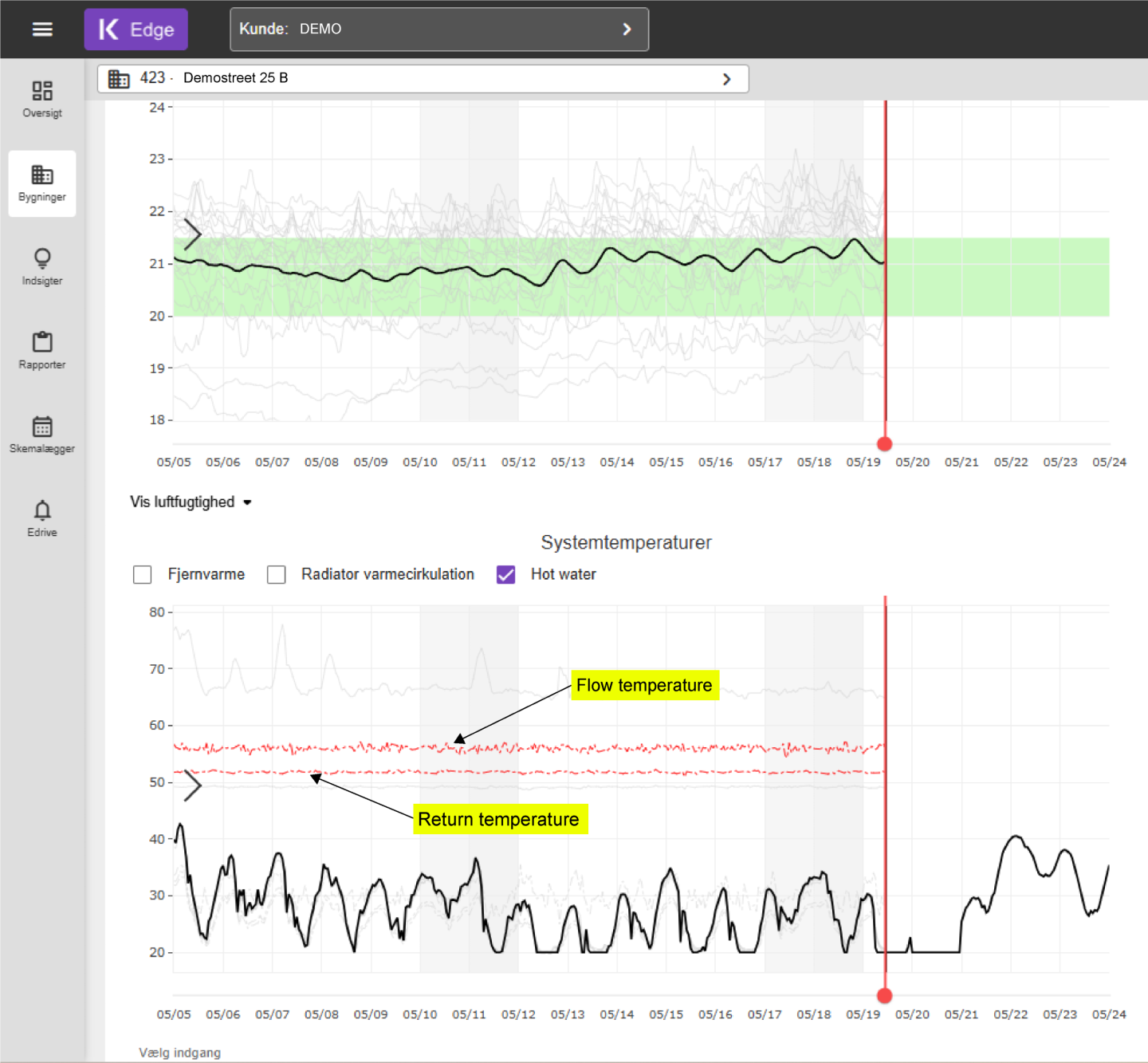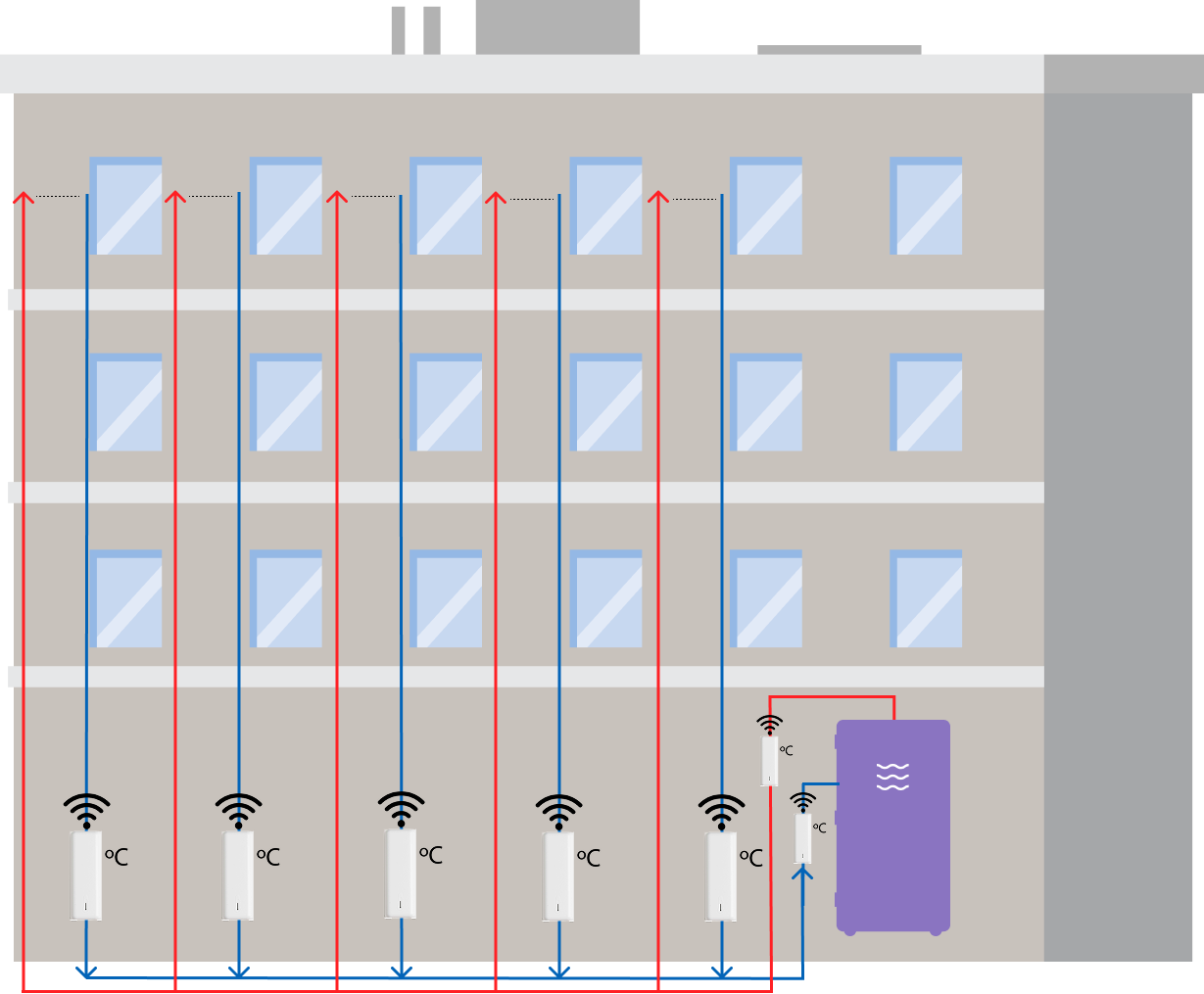Legionella is a type of bacteria known for causing Legionnaires' disease, including pneumonia, and Pontiac fever – a mild flu-like illness. These bacteria are common in places such as soil and water, making Legionella one of the most common waterborne diseases.
Where does Legionella occur?
- Legionella bacteria naturally exist in freshwater.
- They become a risk when they grow in man-made water systems.
- Tap water is the main source of infection.
- Infections often occur in homes, hotels, or nursing homes.
How can Legionella be prevented?
Legionella bacteria are inactive at temperatures below approximately 20°C, but they multiply at temperatures between 20°C and 45°C, especially between 35°C and 40°C. According to National and EU guidelines on how to prevent legionella, installations for domestic hot water must have a water temperature of at least 50°C at the tap. In water heaters or storage tanks where domestic hot water is stagnant, the temperature should be at least 60°C.
Reduce energy costs without compromising comfort and safety
More properties are experiencing increasing problems with Legionella, and one reason may be the high energy prices. Reducing the hot water temperature is a logical solution to lower the energy costs, but this comes with the risk of growing Legionella bacteria.
Legionella in domestic water systems is a growing challenge, especially in larger buildings with complex pipe systems. Our platform has a solution -Edge- that enables complete monitoring and documentation of domestic water temperatures without any physical intervention in the hot water system.

This is how it works
Edge monitors the hot water temperatures in the property's domestic water system. It measures temperatures in:
- The flow and return from the hot water tank
- The return pipes from the individual risers, before they are collected for return

This provides continuous insight into whether the temperature complies with the requirements of Water Standard DS 439*, which states that the temperature in all parts of the pipe system must be at least 50 °C to inhibit the growth of Legionella.
The operational benefits
- Constant monitoring provides precise knowledge of where and when temperatures fall below the limit.
- Enables targeted action instead of spending time and money troubleshooting the entire system.
- Installation is non-destructive and can be completed in most cases daily.
- Quick mapping of risk points in the domestic water system
Edge can also be expanded with intelligent forecast control, which can optimize heat production and reduce energy consumption without compromising comfort and safety.
Read about our latest updates in Edge